Optimizing H- and J-type aggregates significantly improves the power conversion efficiency in bulk-heterojunction solar cells.


Optimizing H- and J-type aggregates significantly improves the power conversion efficiency in bulk-heterojunction solar cells.
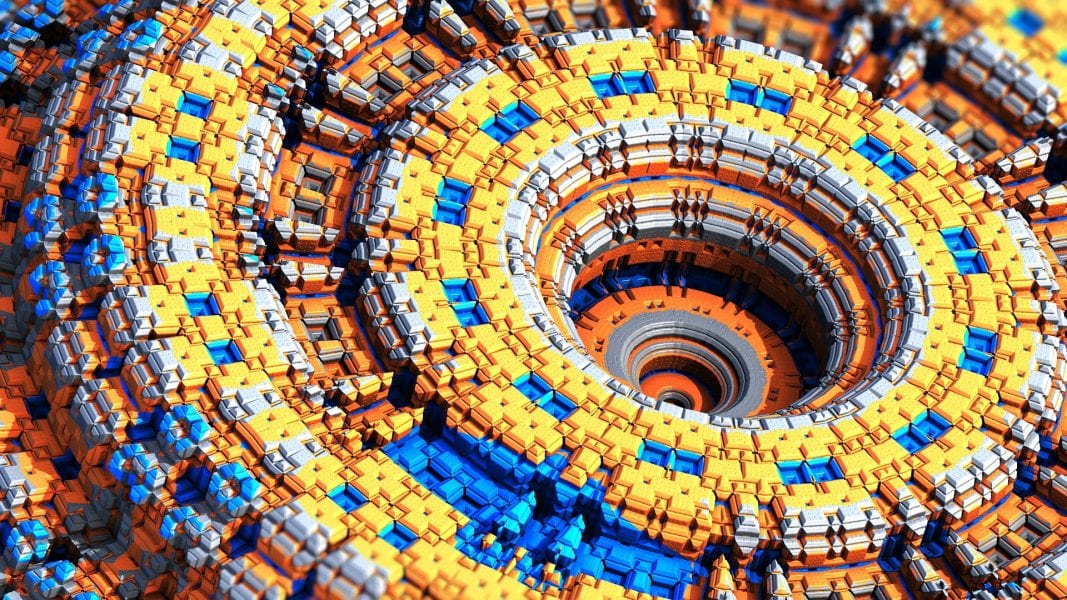
This month’s Advanced Engineering Materials cover and top papers.
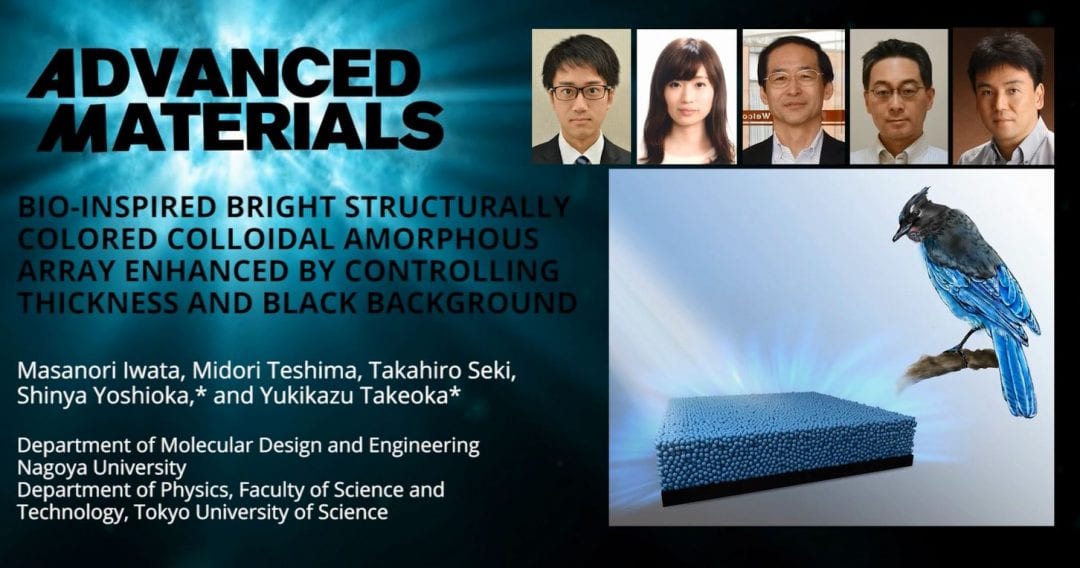
Inspired by Steller’s jay, researchers produce angle-independent, structurally colored materials composed of amorphous arrays of fine spherical silica colloidal particles.
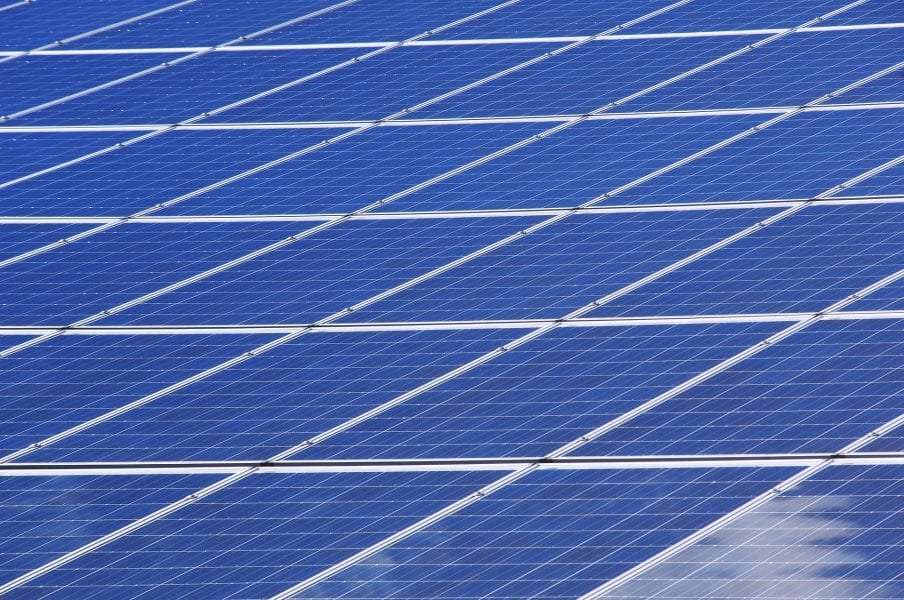
Alternative compounds consisting of abundant, inexpensive, and eco-friendly elements for solar cells are needed.
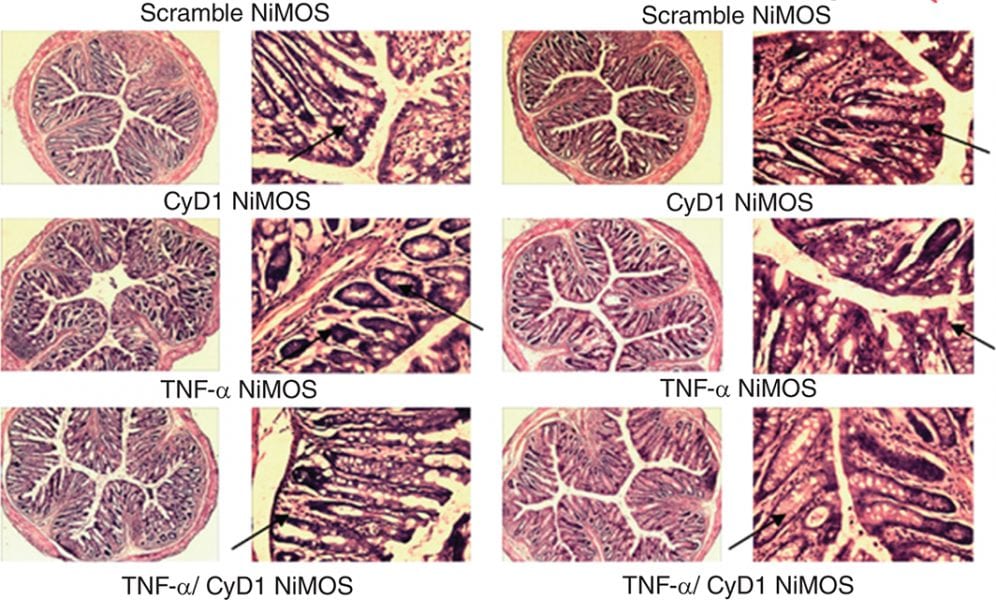
DNA and RNA (nucleic acids) interference therapies have the potential to treat many human diseases.
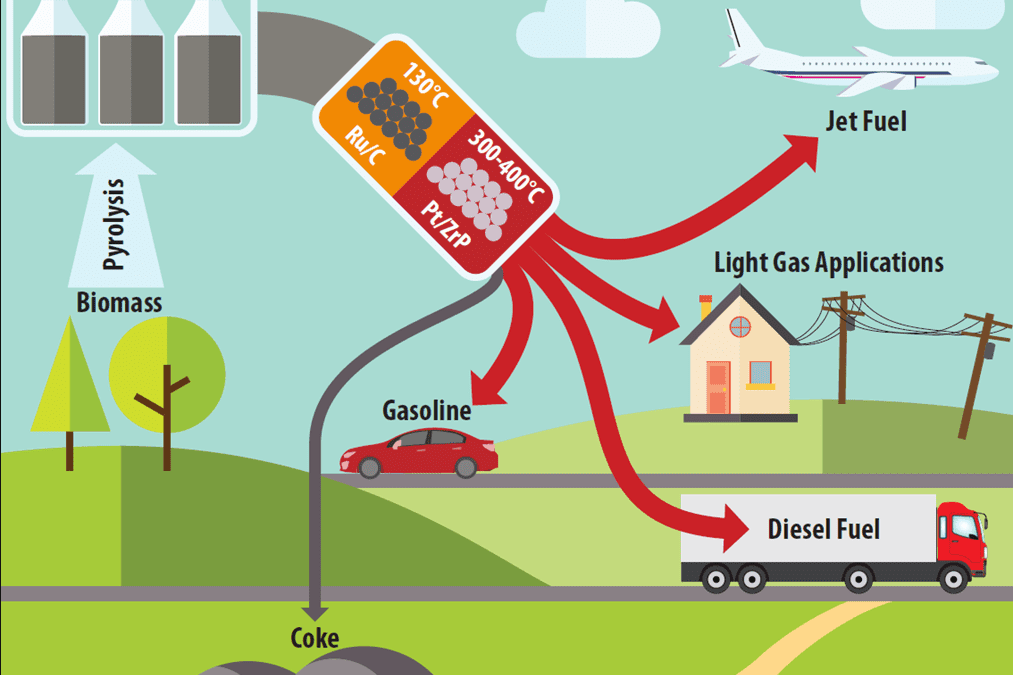
Professor Christos Maravelias of the University of Wisconsin–Madison, USA, and Dr. Jeffrey Herron, now of The Dow Chemical Company talk about their recent article on a systems level approach to biomass upgrading strategies for the next-generation biorefinery.
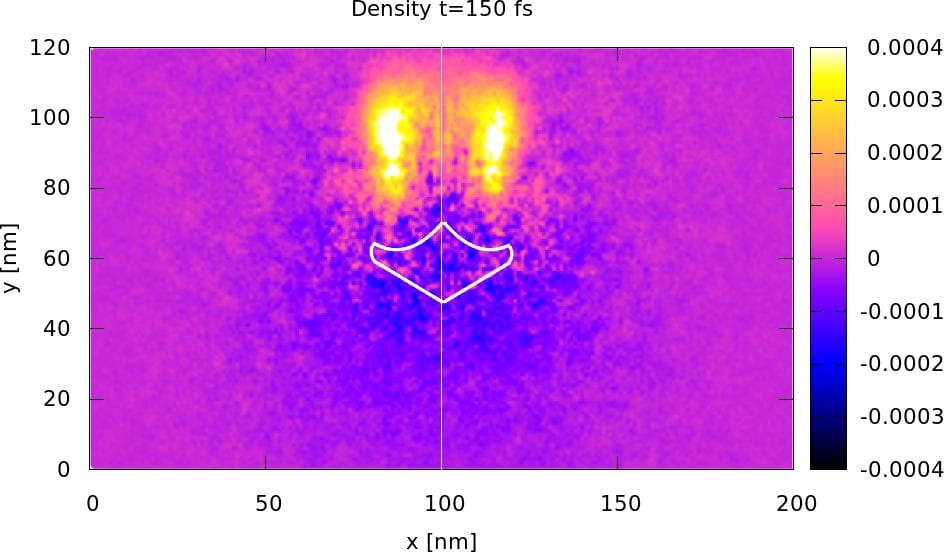
Entangletronics (i.e. entangled electronics).

A microporous aluminophosphate with Linde Type A (LTA) topology (ALPO-LTA) is found to have long-term solar energy storage potential by researchers from University of Nova Gorica, Slovenia.

A greener, energy-efficient route to ultrahigh conductive graphene paper is developed by Jianfeng Wang, Ying Zhu, and co-workers.

How the Arctic’s rapid warming may influence weather patterns – and in particular extreme weather events caused by persistent conditions — in heavily populated regions (the mid-latitudes) of the northern hemisphere is discussed in a new article.